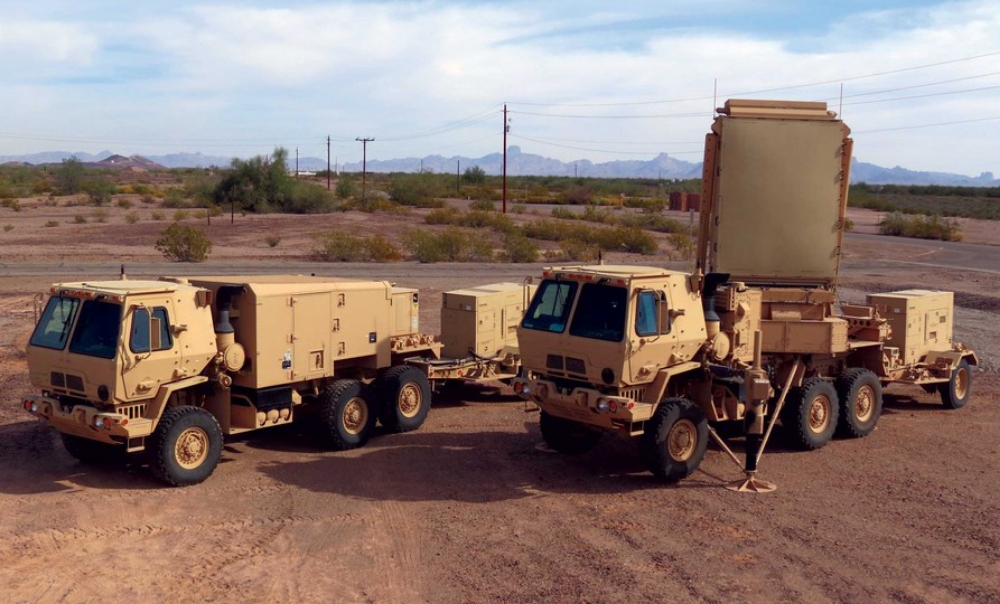The U.S. armed forces face not only asymmetric threats — as characterized by warfare fought in Afghanistan and Iraq — but those from near-peer competitors such as Russia and China, said Paul Lemmo, vice president and general manager of Lockheed Martin’s integrated warfare systems and sensors division.
“We’re really working throughout our portfolio to help our customers deal with all of those,” he said during a media briefing at Lockheed’s Moorestown, New Jersey, facility.
The company is currently working on upgrades to its Aegis advanced combat system, which is used extensively by the U.S. Navy as well as international partners. They include a powerful radar system to track and counter hypersonic missiles, he noted. Jim Sheridan, Lockheed’s director of Aegis U.S. Navy programs, said the company recently conducted an experiment focusing on hypersonics.
“The results were very promising,” he said, while keeping specific details close to the vest. The company focused on defensive capabilities, Sheridan added. Tony DeSimone, chief engineer at Lockheed’s integrated warfare systems and sensors division, said the company writ large is making big investments in hypersonics technology. “We’re looking at multiple opportunities from both the defensive posture and then … the offensive posture,” he said.
Lockheed is also exploring ways to better detect swarms of unmanned aerial systems, said Tish Rourke, who works with the company’s radar systems business development division. The AN/TPQ-53 radar system — which is currently used by the Army — can detect rockets, artillery and mortars. The company has so far delivered 100 systems to the service in addition to its international customers, she noted.
“The architecture of that radar was designed such that we could …. [integrate] additional capability to the radar through software upgrades,” she said.
Lockheed is under contract with the Army under a joint urgent operational need to incorporate that UAV-swarm detection capability, she noted. It is currently working alongside the service to test and validate that, Rourke added.
Source: Army Recognition

